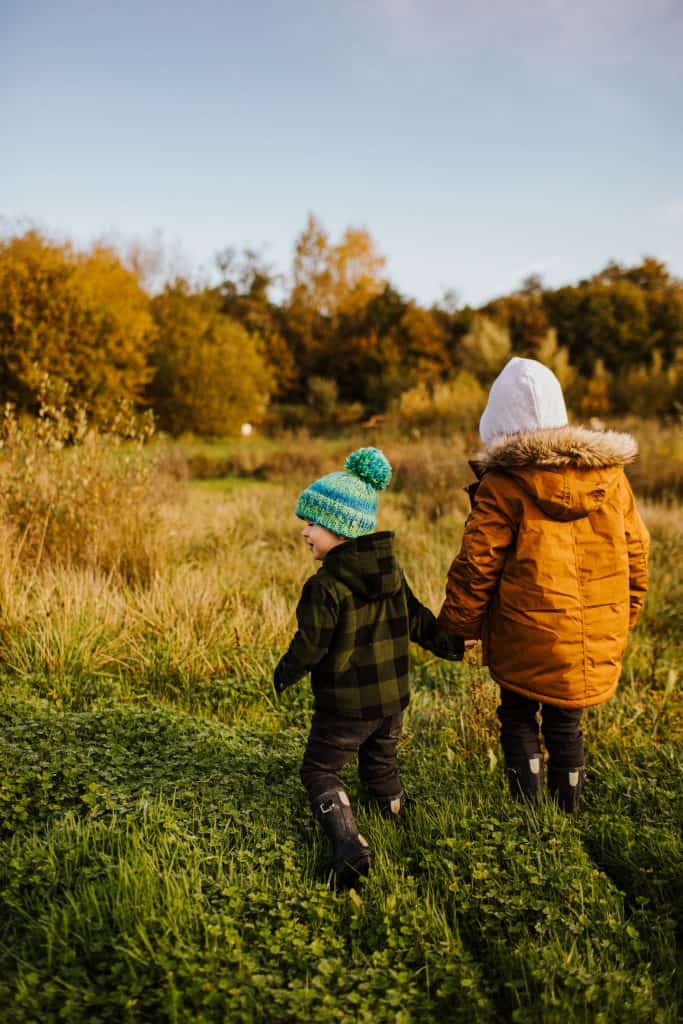CUSTOMER SAFETY
Your Safety on the Site
You are coming to stay on a working farm which has its own natural hazards and an array of wildlife that you need to be mindful of. Uneven ground, long grass, limited lighting, mud, dust, wildlife and insects may all cause problems at certain times of year. Your stay will be enhanced if you bring suitable clothing and footwear to allow for the changeability of the British weather.
Honey Pot Meadow is recommended for adults.
The Lakes is recommended for adults and children over around 5 years old. We don’t feel that our sites are appropriate for children below this age, as there are no barriers around the water’s edge. Young infants who are not yet mobile may, however, be accommodated in a travel cot in some units (please ask). We are able to supply this and a fireguard if required, however guests will need to bring any other equipment.
Ultimately, the decision rests with parents as to whether they wish to bring young children at their own risk (Please call if you wish to discuss this). Regardless of age, children must be supervised at all times.
Some of the guest equipment, including the BBQs, pizza ovens, wood burners and hot tubs may cause injury if misused. Please ensure you read the safety information and operating instructions fully before using and ask for help if anything is unclear.
You need to take due care when around the water on the site; buoyancy aids are provided at locations around the water’s edge but we ask that you do not attempt to swim or take to the water when under the influence of alcohol or drugs. Please read our wild swimming guidelines below or in your guest folder before entering the water.
There is sometimes grazing animals and numerous wild deer on the farm. All animals must be approached with caution. Please respect wildlife and their habitat.
By booking and coming to stay at Wild With Nature you confirm that you understand the natural hazards of the site and agree to be responsible for yourself, your children and any children in your care. In addition you agree to take all reasonable precautions against personal injury, injury to others and damage to the farmland, facilities and accommodation.
We will ask you to sign a disclaimer to this effect on or before arrival, as part of the check-in process. This can be viewed by clicking the button below:
Lake Safety Guidelines
- Children of all ages must be closely supervised at all times and must wear a securely fitted buoyancy vest if near or in the water.
- We strongly recommend that you wear a personal floatation device (e.g. a buoyancy vest or tow-float, if owned) and swim shoes whenever using the lake.
- Check there’s a suitable, clear exit point before you get into any water. Practice getting out before proceeding to swim.
- Do your own risk assessment before getting in. Consider your experience and ability. Be aware of and honest about your own swimming fitness and ability outdoors.
- Swim sober. Alcohol and drugs impair your judgement, your swimming ability and your ability to regulate body temperature. We also advise you not to wild swim if you are pregnant or have a heart condition.
- Swimming in open water is not the same as swimming in a pool, so stay within your limits.
- Be careful of sudden changes of depth. Check the depth and what’s in the water before you get in. Don’t dive or jump in unless you know it’s deep enough and there are no obstructions.
- Be alert to weather and its effect on your swim. Do not use the lake in extreme weather, including when weather warnings are issued.
- Do not enter the water or use the lake in low visibility conditions, such as in the dark or mist/fog.
- Please only swim or paddle directly in front of the main Nest jetty and ensure that there is a responsible adult on the shore, who knows where you are and can see you at all times while in the water. You can make yourself more visible by wearing a brightly coloured cap, swimwear/clothing or tow-float (recommended if owned).
- Ensure the on-shore supervising adult(s) knows the location of life rings and emergency procedure posters (containing What3Words codes).
- Cold water has an effect on the body and can incapacitate the swimmer, weakening arms and legs. Increase your exposure to open water gradually, and swim backwards and forwards close to the jetty (entrance to the lake), for instance, so that you can exit the water when you feel cold.
- Jumping into water at less than 15°C can cause cold water shock. One of the most common symptoms of this is an uncontrollable gasp. This can mean water enters your lungs and you could drown. Following the gasp reflex, you might start to breathe very quickly or hyperventilate. This response isn’t under conscious control and lasts for one-two minutes. Get in slowly and ensure your breathing is under control before you start to swim.
- Cold: You can’t become truly hypothermic for at least 30 minutes and probably much longer in summer, however the cold water can cool your muscle tissue, which will affect your swimming and your coordination, so you might find it difficult to get out.
- Once out of the water, it is important to warm yourself up gradually through warm movement and adding warm layers. Jumping straight into the hot tub could cause cause your body to go into shock.
- It’s best not to fall in, but if you do, try to float calmly on your back for a 1-2 minute period, rather than swimming immediately.
RECOGNISE THE SIGNS OF DROWNING
We all know the movie and TV version of drowning: shouting, waving, maybe screaming for help. This is not what happens in reality.
People who are drowning:
- Are usually silent: they are trying to gulp air and can’t shout.
- Their mouth will bob above and below the surface of the water and will be open as they try to gulp air.
- Their head is often tilted back as they try to keep their mouth above water.
- Their arms might be extended straight out sideways and appear to be flapping as they try to push themselves up using the water surface.
- They might appear to be doggy paddling or treading water, as though climbing an invisible ladder.
This drowning phase lasts for 20-60 SECONDS so act quickly.




